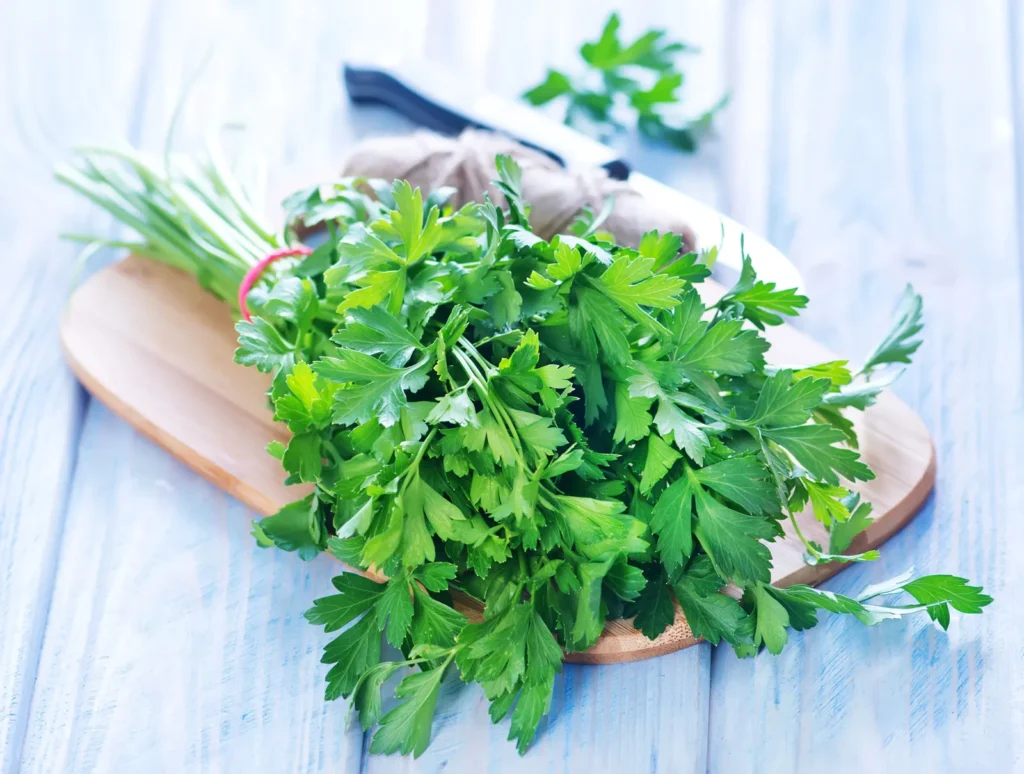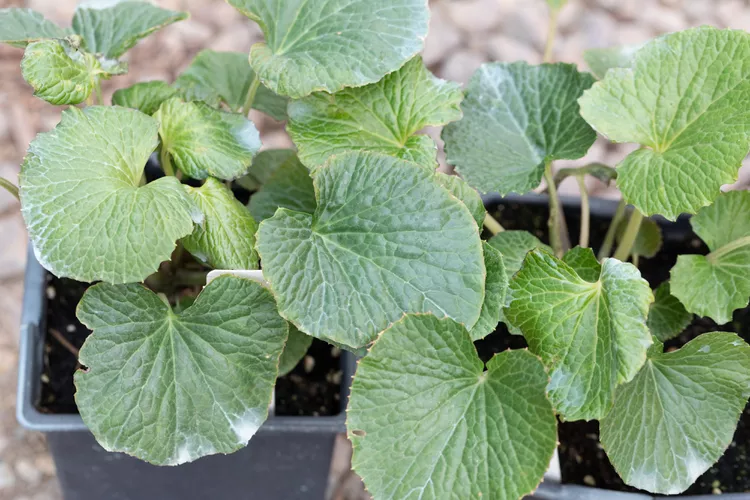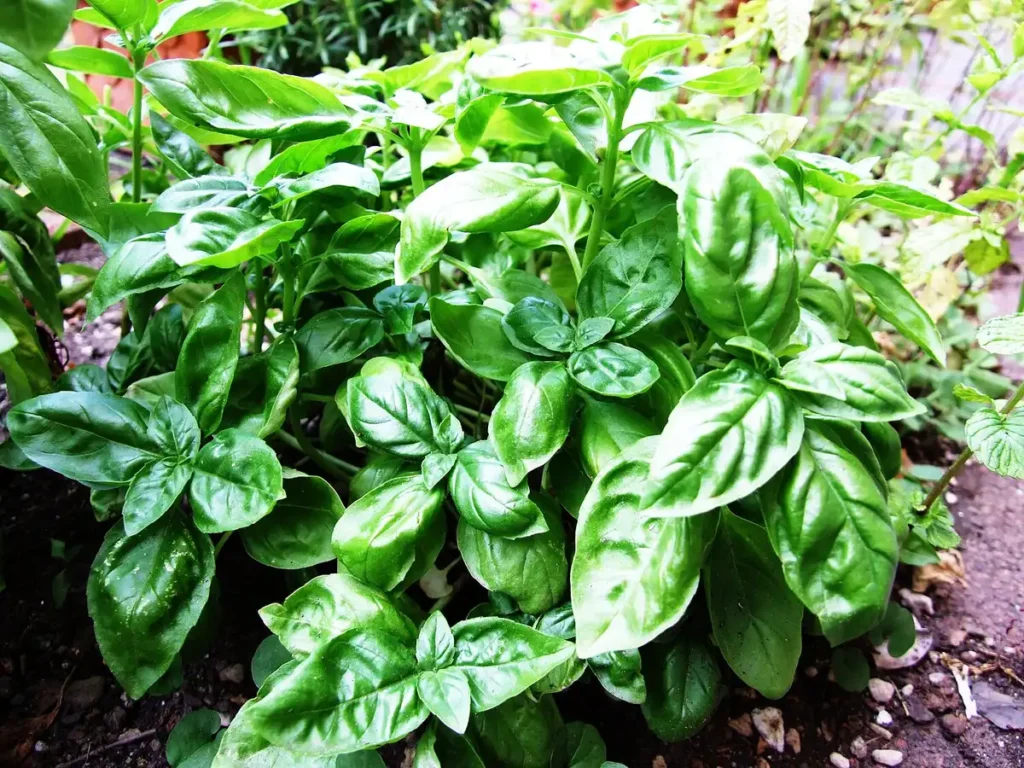
Description
Sage, or Salvia officinalis, is an evergreen subshrub that grows perennially and has woody stems, grayish leaves, and blue to violet flowers. Size, leaf and blossom color, foliage pattern, and variegated leaf kinds vary greatly amongst cultivars. The Old World variety has flowers that can be white, pink, or purple, although lavender is the most common color. It reaches a height and width of around 60 cm (2 feet). The plant blooms in the summer or late spring. The oblong leaves can measure up to 65 mm in length and 25 mm in width. The very small, silky hairs on the underside of the leaves give them a virtually white appearance. The leaves are gray-green in color. Many variegated combinations of purple, rose, cream, and yellow leaves can be seen in modern cultivars.
Habitat
Although it has naturalized in many locations across the world, it is a native of the Mediterranean region and a member of the Lamiaceae mint family.
Uses
Sage is frequently used to treat symptoms of menopause, excessive cholesterol, and memory and mental disorders. In addition, it is claimed to treat sunburn, sore throats, lung cancer, post-operative discomfort, and a host of other ailments, but there isn’t enough solid research to back up these claims.

Varieties
Sage comes in a variety of forms and applications; some are cultivated mainly for culinary use, while others are preserved for their decorative qualities. Among them are:
“Tricolor”: Compared to the parent species, this cultivar doesn’t grow as big. However, it is highly valued for both decorative and culinary purposes due to its green, white, and pink/purple leaves.
“Purpurascens”: This variety’s juvenile leaves are a rich purple color that eventually turn burgundy.
‘Aurea’: This plant has purple flowers and soft yellow leaves. It is compact. It is commonly used in cooking and is also referred to as golden sage.
Plant Care
- Light
Give your sage full sun, or at least six hours of direct sunshine per day, for optimal flavor. On the other hand, your sage will probably appreciate some afternoon shade in zones 8 and above, particularly during hot weather.
- Soil
Sage prefers well-drained soil that is either sandy or loamy. Plants can die from rot caused by wet soils. Ideal soil pH ranges from slightly acidic to neutral.
- Water
Sage requires a modest amount of rainfall and can withstand mild drought. For young plants, keep the soil uniformly moist but never saturated. When the top inch or two of the soil dries out, water the established plants. When watering, try not to get the leaves wet since this could lead to mildew.
- Temperature and Humidity
Compared to the more ornamental types like golden, purple, and tricolor sage, common sage is typically a little hardier. While some frost can be tolerated by established plants, temperatures between 60 and 70 degrees Fahrenheit are ideal. Sage prefers a slightly humid atmosphere. Make sure there is adequate airflow surrounding the plants in high-humidity areas in order to stop the formation of fungi.
- Fertilizer
Since sage plants don’t require a lot of fertilizer, too much of it may cause the flavor to become weaker. For edible plants, you can use an organic fertilizer in the spring or just till the soil with some compost.
Table





